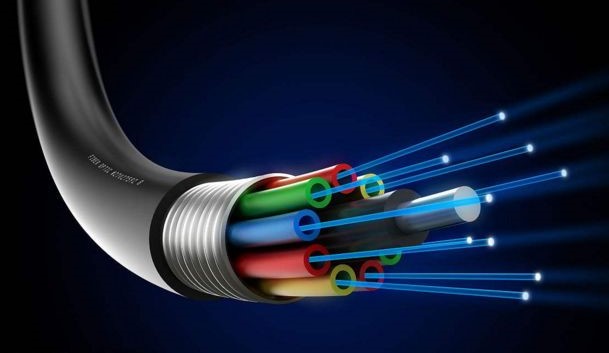Optical fibers and network cables have different interface standards. Wired networks typically use an RJ45 port, while optical fibers require an adapter, making the process more complex and requiring expensive tools, which are not ideal for personal use. Additionally, installing, testing, and replacing network cables is straightforward, making them suitable for short-term use scenarios. On the other hand, optical fibers have higher maintenance costs and are better suited for long-term applications. Although optical fibers themselves are relatively inexpensive, the cost of splicing them ranges from 20 to 50 yuan per splice. As the number of splicing points increases, so does the overall cost. Moreover, optical fiber networking requires compatible network port-switching equipment.among network cable It has given great spiritual support to entrepreneurs, and more entrepreneurs will contribute to this industry in the future. https://kechengdg.com/
In summary, both manufacturing and maintenance costs for optical fibers are higher compared to network cables.
optical fiber
While optical fiber offers superior transmission speed compared to network cables, it is not suitable for all scenarios. The optical fibers commonly used in current project networking are primarily single-core sheathed cables, costing about 0.5 yuan per meter. However, these sheathed optical cables are more prone to breakage, particularly at the joints, when compared to network cables.
optical fiber
In today’s networking setups, a combination of network cables and optical fibers is often used, and it is unlikely that network cables will be entirely replaced by optical fibers.